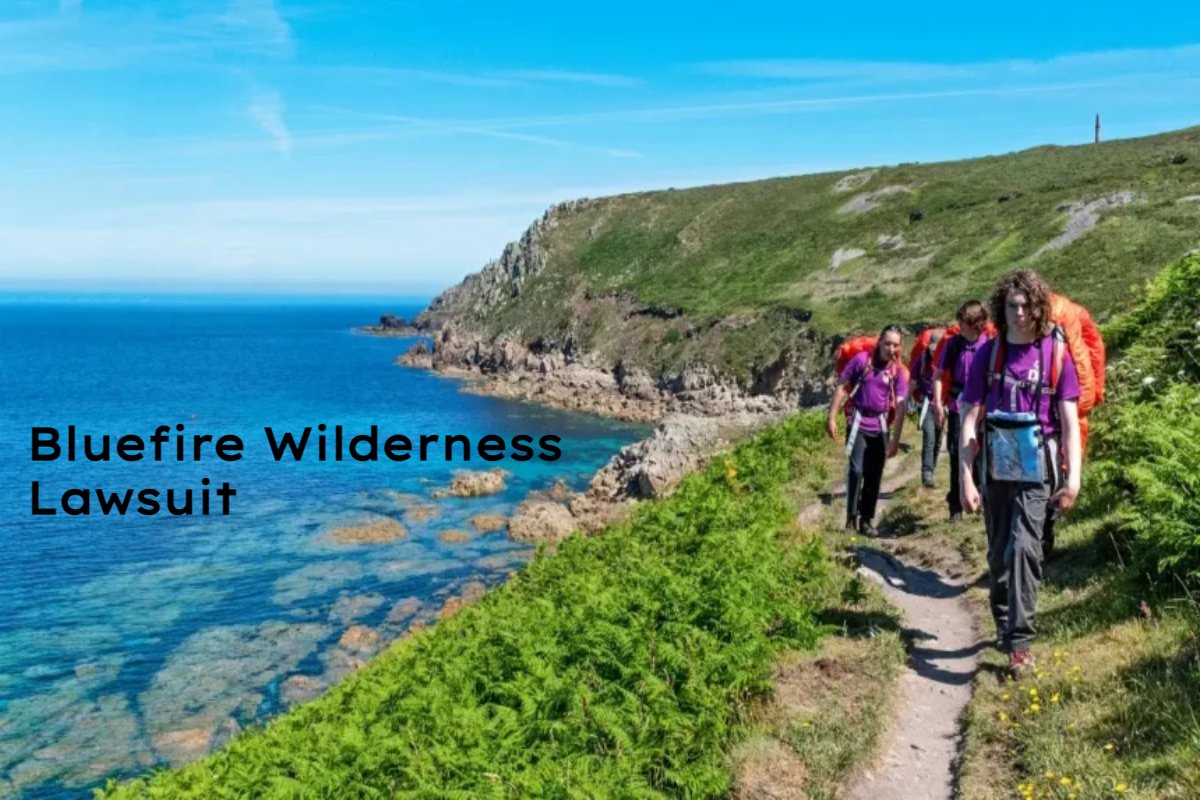The Bluefire Wilderness lawsuit has captured the attention of many, shedding light on various legal, ethical, and operational issues within wilderness therapy programs. This comprehensive article delves into the specifics of the lawsuit, its implications, and the broader context of wilderness therapy programs. We will explore the origins of the case, the claims made by plaintiffs, the response from Bluefire Wilderness, and the potential impact on the industry.
Table of Contents
- Introduction
- Background of Bluefire Wilderness Therapy
- Overview of the Lawsuit
- Claims and Allegations
- Bluefire Wilderness’ Response
- Legal and Ethical Implications
- Impact on Wilderness Therapy Industry
- Future of Wilderness Therapy Programs
- Conclusion
Introduction
Wilderness therapy programs have been touted as transformative experiences for troubled teens, offering a blend of outdoor adventure and therapeutic support. However, these programs are not without controversy. The Bluefire Wilderness lawsuit brings into sharp focus the challenges and controversies surrounding such therapeutic interventions. This article aims to provide a thorough understanding of the lawsuit and its broader implications.
Background of Bluefire Wilderness Therapy
Bluefire Wilderness Therapy, located in Idaho, is one of many wilderness therapy programs in the United States. These programs are designed to help adolescents and young adults struggling with various behavioral, emotional, and psychological issues. Bluefire Wilderness offers a combination of adventure therapy, clinical therapy, and family involvement to promote personal growth and development.
The Promise of Wilderness Therapy
Wilderness therapy programs like Bluefire claim to offer unique benefits:
- Nature Immersion: Leveraging the calming effects of nature to reduce stress and promote mental health.
- Adventure Challenges: Activities like hiking, rock climbing, and survival skills aimed at building resilience and self-esteem.
- Therapeutic Support: Licensed therapists provide individual and group therapy sessions.
- Family Integration: Programs often involve family therapy to ensure support continues at home.
Growing Popularity and Scrutiny
Despite their growing popularity, wilderness therapy programs have faced scrutiny over safety, efficacy, and ethical concerns. Incidents of abuse, neglect, and mismanagement have led to lawsuits and increased regulatory oversight.
Overview of the Lawsuit
The Bluefire Wilderness lawsuit was filed in [Year], by [Plaintiffs], alleging [Key Allegations]. This case is a critical example of the legal challenges faced by wilderness therapy programs. The lawsuit involves multiple facets, including allegations of abuse, neglect, and violation of state regulations.
Key Players
- Plaintiffs: A group of former participants and their families.
- Defendants: Bluefire Wilderness Therapy and its parent company.
- Legal Teams: Representation for both sides, including prominent law firms.
Timeline of Events
- Initial Complaint Filed: [Date]
- Key Developments: [Dates and Descriptions]
- Current Status: [Current State of the Lawsuit]
Claims and Allegations
The plaintiffs in the Bluefire Wilderness lawsuit have made several serious claims:
Abuse and Neglect
- Physical Abuse: Allegations of staff using excessive force or physical punishment.
- Emotional Abuse: Claims of verbal harassment and intimidation tactics.
- Neglect: Instances of inadequate medical care, insufficient food, and poor living conditions.
Violation of Regulations
- State Regulations: Failure to comply with state-mandated safety and operational standards.
- Licensing Issues: Operating without proper licenses or certifications.
Misrepresentation and Fraud
- False Advertising: Claims that Bluefire Wilderness misrepresented the benefits and safety of their program.
- Financial Fraud: Allegations of overcharging or misusing funds paid by families.
Bluefire Wilderness’ Response
In response to the lawsuit, Bluefire Wilderness has issued several statements and taken actions to address the allegations.
Official Statements
- Denial of Allegations: Bluefire has consistently denied the claims, asserting that they operate within legal and ethical guidelines.
- Commitment to Safety: Emphasizing their commitment to participant safety and well-being.
Actions Taken
- Internal Investigations: Conducting thorough reviews of their practices.
- Policy Changes: Implementing new policies to prevent future issues.
- Staff Training: Enhancing staff training programs to ensure compliance with best practices.
Legal and Ethical Implications
The Bluefire Wilderness lawsuit raises important legal and ethical questions about wilderness therapy programs.
Legal Implications
- Regulatory Oversight: The case may lead to stricter regulations and oversight of wilderness therapy programs.
- Legal Precedents: Could set precedents for future lawsuits involving similar programs.
Ethical Implications
- Participant Rights: Highlighting the need for clear ethical standards to protect participants.
- Program Accountability: Ensuring programs are held accountable for their practices and outcomes.
Impact on Wilderness Therapy Industry
The lawsuit’s outcome could significantly impact the wilderness therapy industry in several ways.
Increased Scrutiny
- Regulatory Changes: Potential for new laws and regulations to enhance safety and accountability.
- Public Perception: Heightened awareness and skepticism among potential clients and their families.
Operational Adjustments
- Program Reforms: Encouraging programs to review and improve their practices.
- Training and Compliance: Greater emphasis on staff training and compliance with regulations.
Future of Wilderness Therapy Programs
Despite the challenges posed by the Bluefire Wilderness lawsuit, wilderness therapy programs are likely to continue evolving.
Innovation in Therapy
- Holistic Approaches: Integrating various therapeutic modalities to enhance effectiveness.
- Technology Integration: Using technology to improve safety and monitoring.
Advocacy and Support
- Industry Advocacy: Efforts by industry groups to advocate for fair regulations and support best practices.
- Family Support Networks: Strengthening support networks for families considering wilderness therapy.
Conclusion
The Bluefire Wilderness lawsuit underscores the complex landscape of wilderness therapy programs. While these programs offer potential benefits for troubled youth, they also pose significant risks that must be carefully managed. The outcome of this lawsuit will likely shape the future of the industry, driving reforms and increasing accountability. As stakeholders navigate these challenges, the priority must remain on ensuring the safety, well-being, and therapeutic success of participants.







